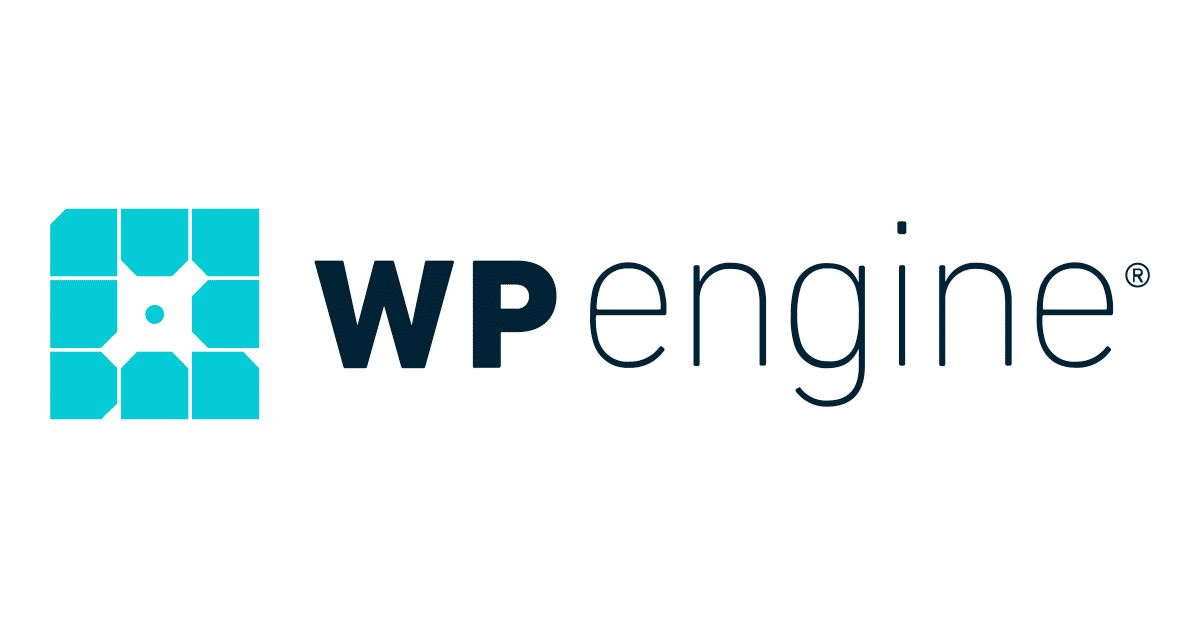WP Engine is deepening its investment in headless WordPress with the creation of a new team dedicated to furthering the technology developers rely on when opting for this architecture. The company has hired WPGraphQL creator and maintainer Jason Bahl as part of this new team and will be investing in more engineers and other roles to support decoupled setups.
For the past 18 months, Gatsby has funded Bahl’s time on WPGraphQL’s maintenance and development. During that time, the project had 53 releases, went from ~15,000 installs reported on Packagist.org to more than 85,000, and launched the plugin on WordPress.org with more than 8,000 installs active today and a 5-star average rating. The community around the project is also growing and has contributed more than 30 plugins to the library of WPGraphQL extensions.
“Gatsby’s investment in WPGraphQL signaled that it wasn’t just a hobby project, but was solving real problems for real users, and users should have confidence using it in their projects,” Bahl said.
After Gatsby started transitioning Bahl to work more on other Gatsby integrations, such as Contentful and Shopify, it translated into less time to work on WordPress and WPGraphQL. This prompted him to seek out another employer where he could prioritize working on headless WordPress.
“I feel right now is a unique time in history where more investment in WordPress as a headless CMS can change the future of WordPress,” Bahl said. “I believe WordPress is now more respected as a viable option for a headless CMS and that with the momentum of WPGraphQL, technologies like Gatsby, NextJS, and others, I need to spend more time focusing on WPGraphQL and headless WordPress, and not less time.”
Bahl found WP Engine at the right time and will be focusing on maintaining WPGraphQL and working on wider headless WordPress initiatives.
“We’re going to be investing in headless WordPress, both in expanding our existing business as well as giving back to the community, as we have done for the past eleven years,” WP Engine founder and CTO Jason Cohen said.
“We’re already seeing some customers moving to headless. While we don’t see the majority of WordPress sites doing that anytime soon, we do want to invest in those who are.”
In the meantime, WP Engine is creating a Headless WordPress Framework that is in the early stages of development. The framework uses WPGraphQL and provides a plugin, a set of npm packages, and guides for creating headless WordPress sites using Next.js.
“GraphQL as a protocol offers a lot of advantages over REST, which is why it is being used so much, even by players outside of WordPress, like Gatsby,” Cohen said. “GraphQL includes type-safe schemas, is more discoverable, is easier to federate, and because it allows the clients so much flexibility in what data it wants (and does not want), it often results in fewer back-and-forth calls between client and server, while reducing the data being transferred to only that which the client actually needs. Because of the advantages of GraphQL, we believe a mature GraphQL API for WordPress will empower developers and site owners to move faster and with more confidence when they choose to go headless with WordPress.”
Bahl said WP Engine’s investment in headless WordPress isn’t limited to him continuing work on WPGraphQL. The company plans to hire more engineers for projects aimed at reducing the friction that developers and businesses experience when using WordPress as a headless CMS.
“I believe that WP Engine’s investment in this space will allow WPGraphQL to grow and mature faster than ever before, as I will be part of a larger team working to make WordPress the best it can be,” Bahl said.
Like this:
Like Loading…





